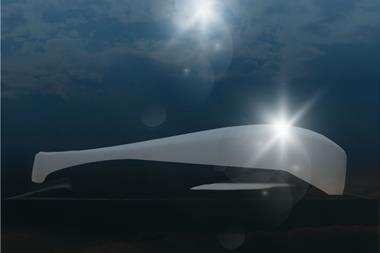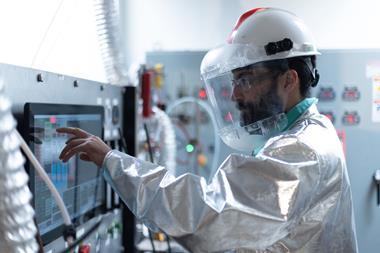BERU F1 is working in harness with carmakers to protect and package wiring solutions for today’s more sophisticated vehicles.
Significant advances in the materials used in wiring harnesses offer the automotive industry opportunities to enhance the packaging, weight and functionality by combining composites and loom into a single component.
Today’s automotive harnesses are a long way removed from their counterparts of even ten years ago. Vehicle feature content is continuing to rise. Fibre optic networks and sophisticated communication systems add bulk and complexity to vehicles that are increasingly looking to simplify manufacture and reduce weight. The quantity of cabling has doubled in this period, meaning even a small car like the Renault Modus can now have 900 metres of cable, necessitating compromises in packaging.
Cost is important too. With over 7kg of copper in a small car’s harness, shifts in material costs are readily felt. It is estimated that the rise in copper price alone added 15 billion to the worldwide car industry in 2006. And then there’s the question of reliability. Small steps are being taken toward weight and reliability but a real step change in the way wiring harnesses are designed, assembled and integrated into the vehicle is required to offer the benefits needed in many of the key areas.
 Wire in Composite (WiC) from BERU F1 Systems is an innovative technology that could solve many of the issues. Originally conceived by the company for Formula One racing cars, WiC completely encloses the wires in a composite sleeve, protecting wiring assemblies against damage caused by vibration and harsh environmental conditions. In addition, the technology reduces packaging size by laying wires securely side-by-side as opposed to a traditional bundle.
Wire in Composite (WiC) from BERU F1 Systems is an innovative technology that could solve many of the issues. Originally conceived by the company for Formula One racing cars, WiC completely encloses the wires in a composite sleeve, protecting wiring assemblies against damage caused by vibration and harsh environmental conditions. In addition, the technology reduces packaging size by laying wires securely side-by-side as opposed to a traditional bundle.
The firm has successfully demonstrated through the production of prototype parts that WiC looms can be constructed in virtually any shape or form, creating a durable harness that, in many instances, could replace the structure that it would have originally been secured to. The result is a simpler and lighter component with improved durability, even in harsh conditions. Keen to present the many opportunities for this technology, BERU F1 Systems’ engineers have demonstrated that complex routing and tight bend radii can be incorporated, reducing strain and chafing.
Fully encased in composite, WiC also prevents damage from external forces or accidental human interference during installation or servicing. Environmental testing undertaken demonstrates that WiC will easily match the temperature and humidity performance of existing loom technologies.
“WiC is highly versatile,” says BERU F1 Systems’ Managing Director John Bailey. “We have produced parts with different wire gauges in a single composite component to demonstrate how capable and flexible it is.”
The technology’s first working application was on Jaguar’s C-XF concept car, which featured an engine loom that was described as “a designer’s dream” by Jaguar’s Julian Thomson. The loom demonstrated the ability to package 70 wires in a considerably smaller volume than a traditional loom. “Specifying aerospace grade wire offers 42 per cent weight saving over a 1 metre length,” adds Bailey. “At automotive volumes, the cost delta between automotive and aerospace wire is smaller than purchasers expect.”
The firm believes that if this technology were adopted at the concept phase of a vehicle programme, it could offer automotive manufacturers a significant advantage in assembly and packaging. The reduction in weight and sheer bulk of the wiring loom means it is considerably easier and quicker to install in the vehicle, reducing cycle time and the need for lifting equipment trackside.


































